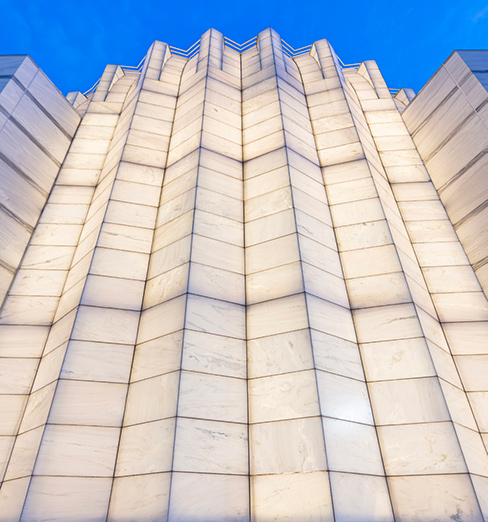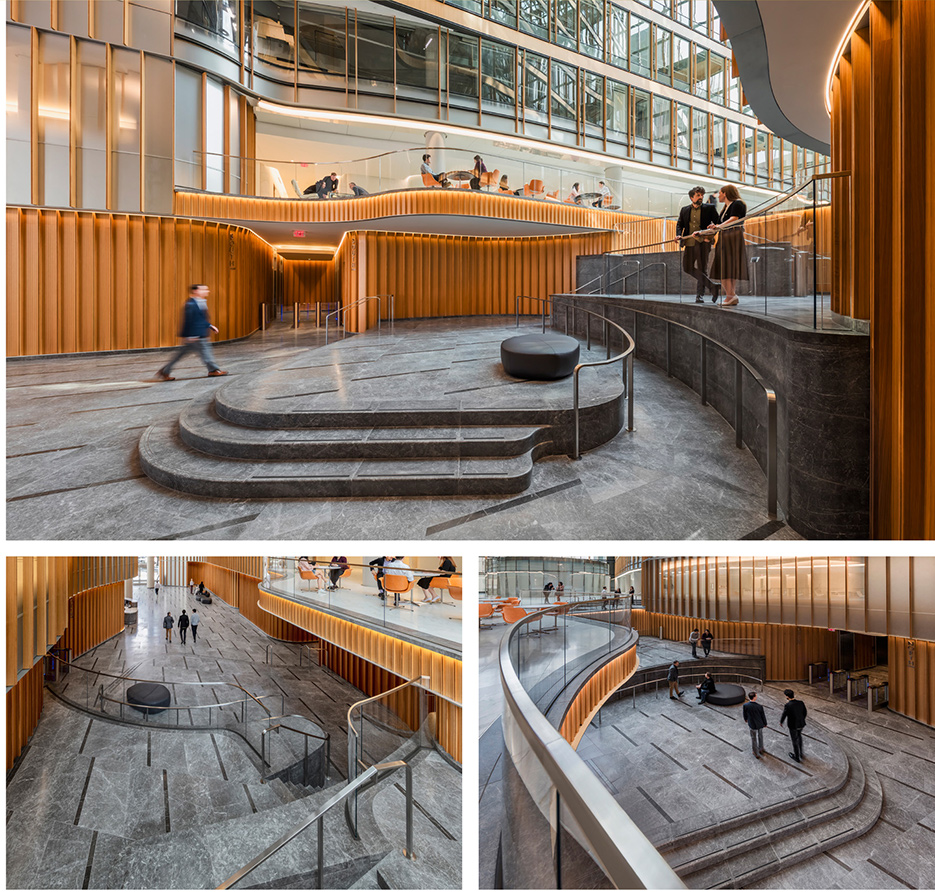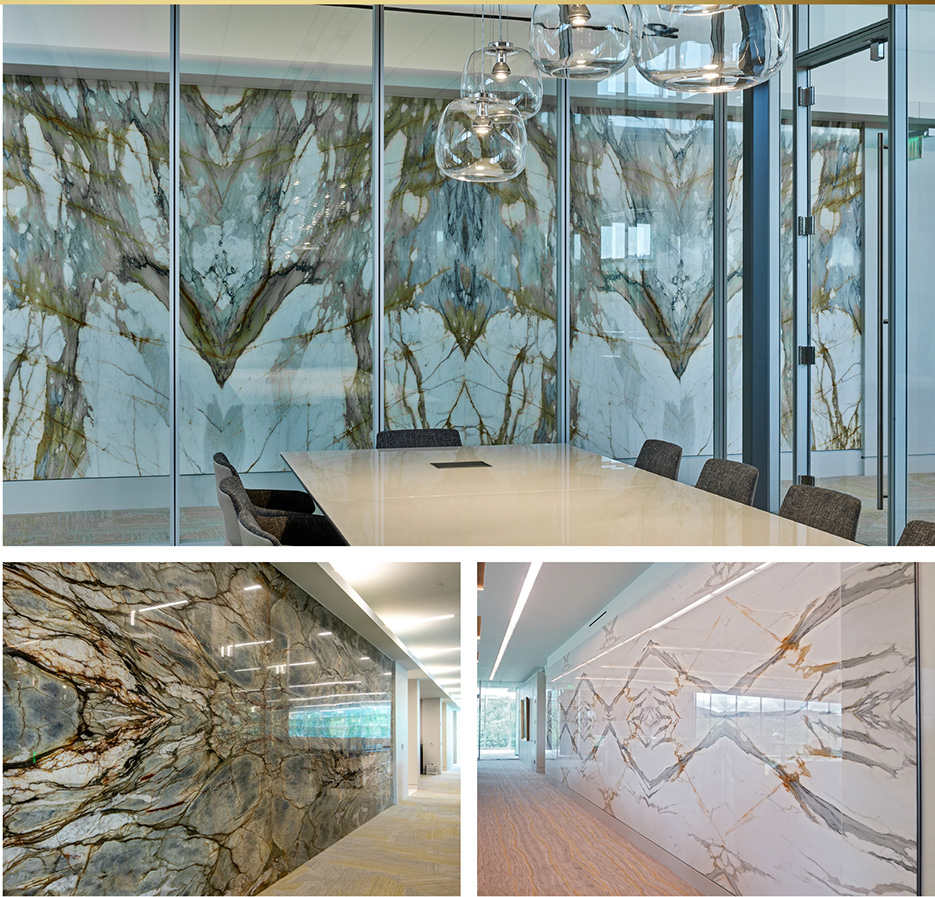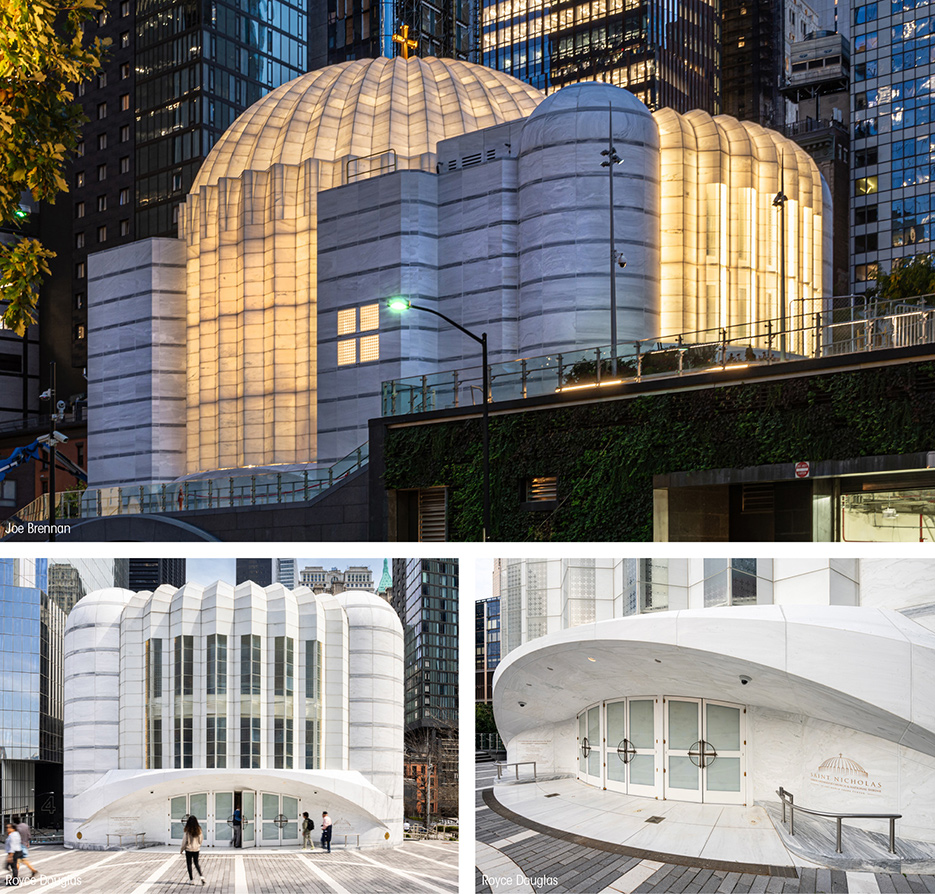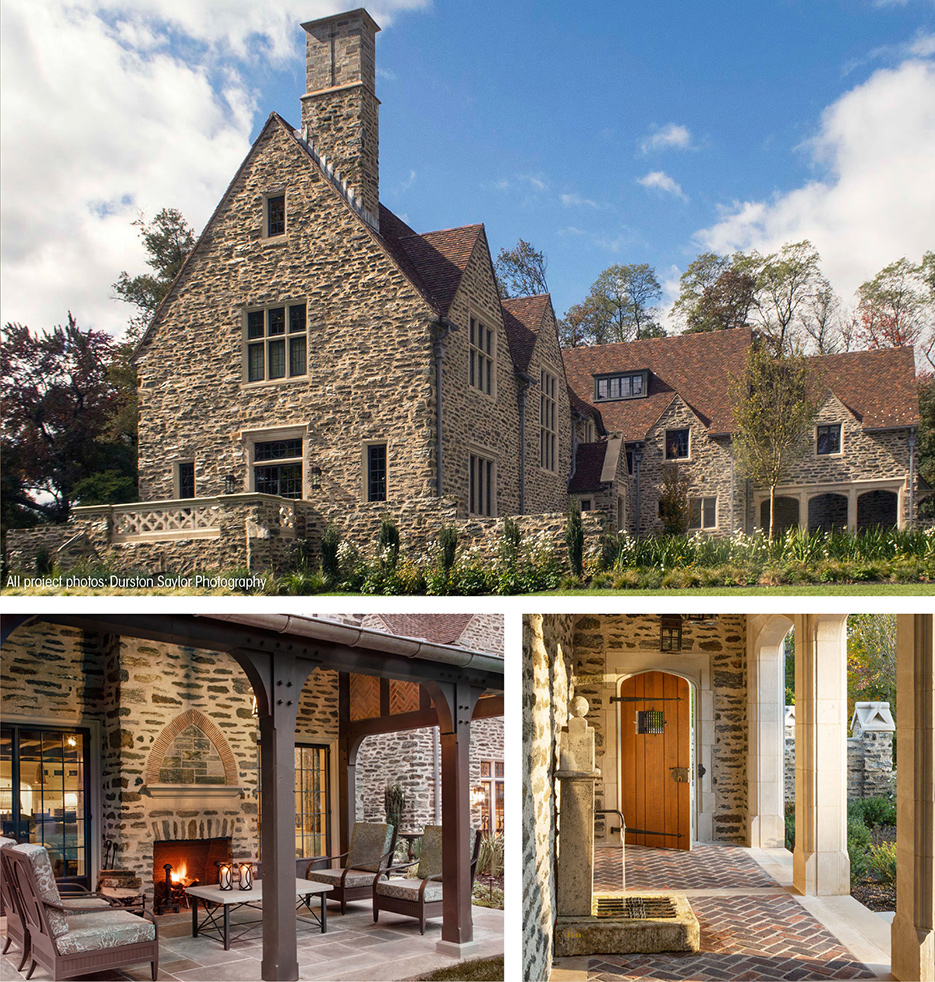Tucker Design Awards Announced
|
Royce Douglas |
|
St Nicholas Greek Orthodox Church |
The Natural Stone Institute, the largest and longest serving natural stone trade association, proudly presented the 2024 Tucker Design Awards in a ceremony on August 26 at The Grand America Hotel in Salt Lake City, Utah.
The Tucker Design Awards tradition was launched in 1977 by the Building Stone Institute and honors those who achieve a criterion of excellence in the use of natural stone through concept, design, and construction.
All aspects of natural stone application – including exterior building, landscape, interior design, ornamentation, or restoration of commercial, institutional, or residential projects – were considered in this Tucker Design Awards selection process.
This year’s recipients represent some of the finest building and landscape projects completed throughout the world utilizing natural stone from around the globe.
Tucker Design Awards celebrate the innovation and vision that designers bring to their projects through the specification and use of natural stone.
For Natural Stone Institute members, acknowledgment as a contributor to a Tucker Design Award winning project is a genuine tribute to their traditional values, physicality of work and dedication to precise specifications required in the realization of such accomplished architectural design.
2100 Pennsylvania Avenue
Washington, DC
Marble melds nature, architecture, and sculpture together, elevating placemaking to its highest levels at 2100 Pennsylvania Avenue, a LEED Gold, mixed-use development on the northeast corner of George Washington University campus.
|
All Project Photos © Jeff Goldberg/Esto |
Pelli Clarke & Partners
|
The design embraces the site’s challenging geometry, carefully establishing uplifting public space within encircling v-plan floor plates. The inviting 3-story entrance lobby rises into a grand 10-story atrium – a “forest” of daylit wood and stone, animating the prominent corner of Pennsylvania Avenue and 21st Street – visible over a mile away. The playful signature undulations of the building – emulating the iconic streamlined Flatiron Building and Barcelona’s Casa Mila – culminate in the public interior, where a sweeping marble stair carries the rich pattern of varied stone textures from the street level lobby up 12 feet into the atrium amenities level.
Considering the need for a beautiful and durable material in all high traffic areas, the team chose natural stone. Stone procurement started with exploring an array of medium to dark-colored stones to complement the brighter white oak and etched glass walls, with deeper tones and colors emulating a riverbed.
Unprecedented levels of fabrication followed a thorough, 100% dry-lay review process, including all dimension stones, curving slabs, and the grand stair dry-set in relative position. While the dry-lay reviews helped ensure a smoother installation, there were still issues of unavoidable cupping. The most challenging parts to finish were the ramp and grand stair’s walls. In select areas, the installer had to grind and refinish the leather surface to match throughout. This proceeded after a careful review of additional mockups and input from the installers, architects, and owners.
2100 Pennsylvania Avenue showcases how to conceive and implement natural stone to the highest levels of craft, elevating architecture to new levels of uplifting placemaking.
Bank OZK Headquarters
Little Rock, AR
Located between parallel ridges in the shadow of a popular state park mountain, the Bank OZK Headquarters building strives for a timeless, modernist clarity intended to attract talent, foster creative collaboration, and engage the community. Two primary office wings are linked by a 5-story atrium that acts as a vertical center of collaboration. The building seeks to balance a striking form with modularity and repetition of details as core design elements, seeking to be as relevant in fifty years as today. The client requested a progressive workspace that welcomes clients nationwide and acts as a recruiting tool for young talent. Finally, they asked for the space to feel like it could be placed within a major city and compare aesthetically with their competition.
|
Timothy Hursley
Polk Stanley Wilcox Architects (2) |
Polk Stanley Wilcox
|
Stone became a prominent design element for its representation of permanence and its striking natural beauty. Large format Pearl Grey marble floor tile over a radiant heat system provides the appropriate scale for the 5-story atrium. Having selected the blocks from the quarry for this stone, the layout is organized such that variations between tiles are subtle and feel organic. These specific blocks were selected for the clarity between veining. Thirteen bookmatched natural stone walls serve as timeless artwork for open office areas and give ownership of various departments. These were hand selected from various stone dealers throughout the Arkansas and Texas area. The design team studied patterns to select the best slabs available for immediate shipment and fabrication. Each wall is treated as artwork, complete with its own plaque stating its name and origin.
St. Nicholas Greek Orthodox Church & National Shrine
New York, NY
Since its founding in 1916, The Saint Nicholas Greek Orthodox Church and National Shrine in New York City is the anchor for a vibrant New York neighborhood. The original Church building stood in the shadow of the World Trade Center’s Twin Towers. Destroyed on September 11th, 2001, the rebuilt Church reopened in 2022 as a Shrine for the Nation and a place for remembrance.
|
Joe Brennan
Royce Douglas |
Santiago Calatrava
|
Inspired by the Hagia Sophia, the new Church design is a safe haven for prayer and remembrance. The church façade is Pentelikon white and grey marble from Dionysos, Greece with the same chemical composition and texture as the Pentelic marble of the Parthenon. Sharing the form and material of two UNESCO World Heritage sites, the Shrine refers to history and offers hope for the future.
Stone cladding at opaque façade areas are honed (white) or bush hammered (grey) 2-1/2 inch thick panels anchored to the concrete base building structure. Through the dedication of the fabrication and installation team, the building’s aligned façade and joint treatments give the appearance of loose-laid massive stone cladding.
Facades at the central dome and above the West Entry incorporate translucent panels with thin stone sandwiched between glass plates. The backlit Shrine is a beacon of light onto the World Trade Center memorial.
A metaphoric and physical symbol of hope, The Saint Nicholas Greek Orthodox Church and National Shrine’s timeless massing articulates graceful curves, corners, and pleats in an inviting stone facade.
Cotswold-Inspired Residence
Strafford, PA
The design of this new residence on Philadelphia’s Main Line was inspired by the quintessential character of villages in the Cotswold region of south-central England. It features many typical details of Cotswold’ homes such as low eaves, steep roofs, tall chimneys, and cross gables. The property is located on eight acres of land with its orientation creating a park-like feel. An abundance of natural light was a priority for the client, so orientation was critical.
|
Durstan Saylor Photography
|
John Milner Architects
|
 The exterior is a blend of local mica schist and Indiana limestone. Each piece of limestone was cut using a CNC machine, and hand-tooled. Richly carved accents were then added to the limestone by local craftsmen.
The exterior is a blend of local mica schist and Indiana limestone. Each piece of limestone was cut using a CNC machine, and hand-tooled. Richly carved accents were then added to the limestone by local craftsmen.
There are many unique features including a carved limestone portal with datestone, gable parapet, decorative limestone finials, and an antique French fountain situated in a three-bay limestone loggia. At the rear of the house, there is a timber-framed porch with a stone loggia providing access to the yard.
The wood windows are fabricated with lead cames and the doors and windows feature carved limestone trim.
The clad roof is typical for an English home and consists of terra cotta tiles manufactured in Turkey. The chimneys feature schist fieldstone at the base with hand-tooled ashlar schist above a carved limestone water table and a limestone cap.
A slight recess was added to the ashlar stone portion of the chimney to create the illusion of a double chimney.
The elaborate design continues at the interior with custom millwork and decorative plaster, as well as floors that were fabricated from red and white oak trees that were located on the property prior to construction.
There are carved limestone elements, creating a connection to the exterior, including a limestone alcove for the kitchen range, carved with the family’s motto in Latin.
The Tucker Design Awards will be continued in the December Slippery Rock Gazette.
